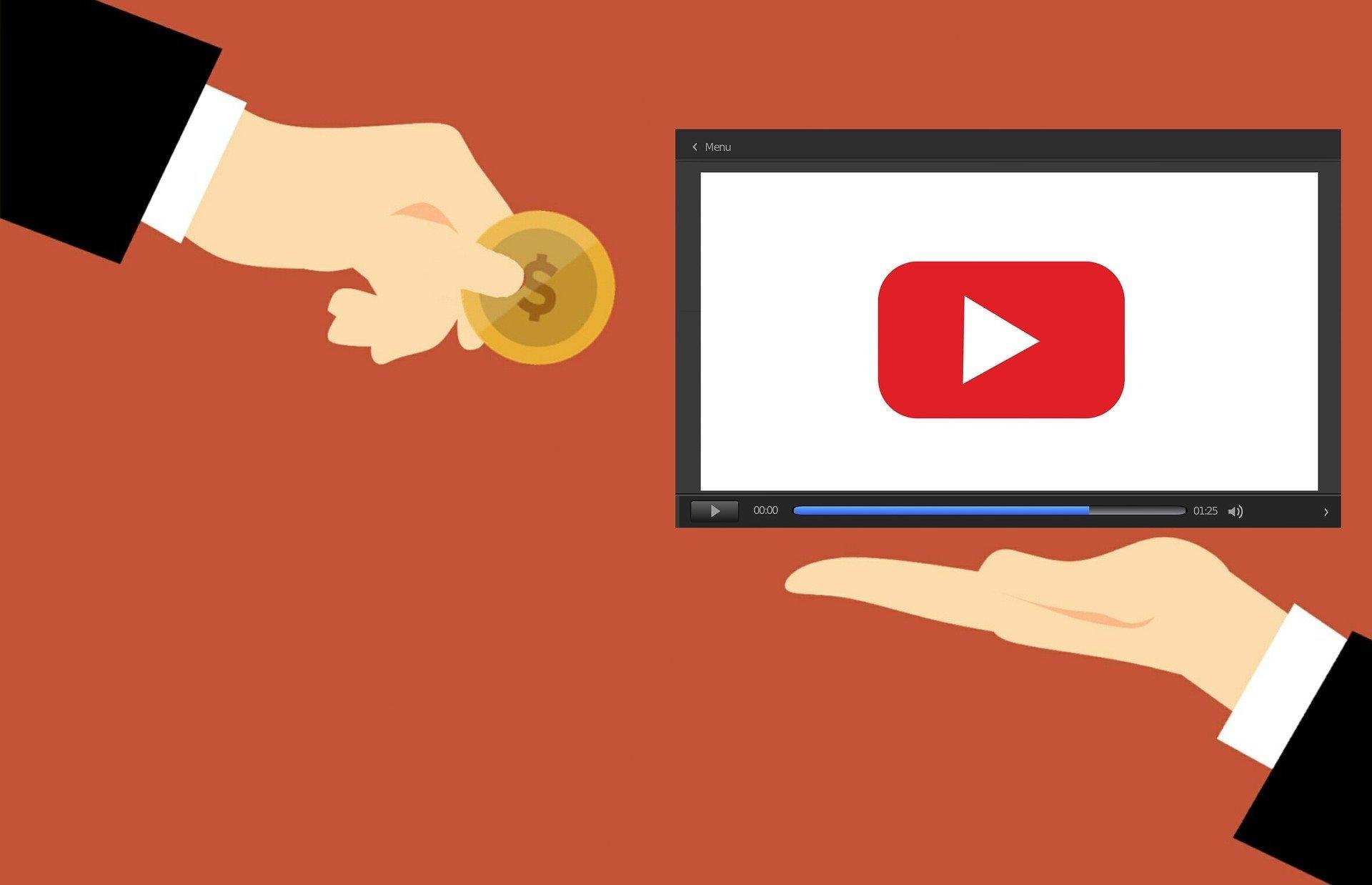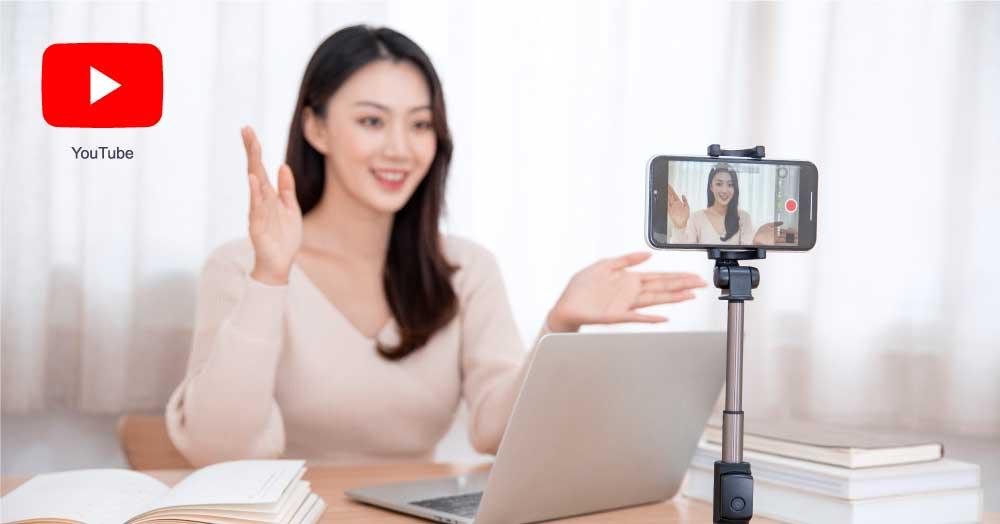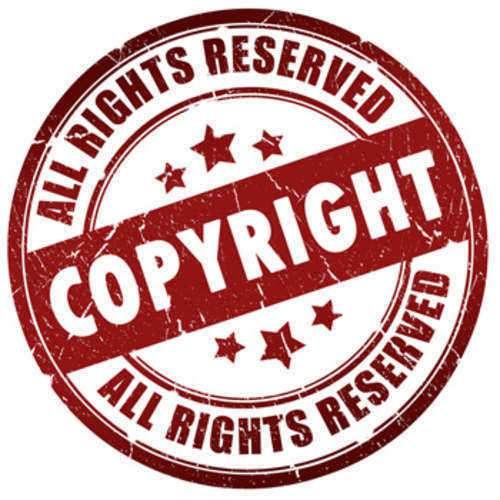
Navigating Legal Waters: The Essentials of YouTube Influencer Marketing
In the vibrant, ever-evolving realm of digital content creation, YouTube stands as a colossus, teeming with creativity and innovation. yet, beneath the surface of dance challenges and unboxing videos lies a complex web of legal considerations that can make even the most seasoned influencers feel adrift. As brands increasingly turn to social media personalities to connect with audiences, understanding the legal landscape of influencer marketing has become paramount.From navigating copyright issues to adhering to advertising standards, the path to successful collaboration is fraught with potential pitfalls. In this article, we’ll explore the essential legal frameworks that govern YouTube influencer marketing, empowering creators and brands alike to sail smoothly through the frequently enough murky waters of compliance and authenticity. Whether you’re an aspiring influencer, a brand manager, or simply curious about the mechanics of this modern marketing phenomenon, join us as we chart a course through the essentials of this dynamic frontier.
Understanding the Legal Landscape of YouTube Influencer Marketing
In the fast-paced world of YouTube influencer marketing,understanding the legal framework surrounding this industry is crucial for both brands and influencers alike. Regulations established by the Federal Trade Commission (FTC) require that influencers disclose their relationships with brands transparently, ensuring that audiences are aware when content is sponsored.This disclosure can take various forms, including clear statements like “Paid Promotion” or “Sponsored by [Brand]” in the video’s description or on-screen text. Without such disclosures, influencers and brands may face potential fines or legal action.
Moreover, copyright issues are another significant concern in influencer marketing. Influencers must ensure that they have the proper rights to use any music, images, or videos that aren’t their own. Failure to do so can result in copyright claims or content removal from platforms. To navigate these complexities, influencers should consider the following:
- Always verify ownership of content before use.
- Use royalty-free or licensed materials when creating videos.
- Keep detailed records of sponsorship agreements to maintain compliance.

Key Regulations and Compliance Factors for Influencers and Brands
In the dynamic world of influencer marketing, both brands and content creators must navigate a complex landscape of regulations to ensure compliance. The Federal Trade Commission (FTC) mandates that influencers clearly disclose their relationship with brands when promoting products or services. This disclosure can take various forms, such as hashtags like #ad or #sponsored, and must be placed prominently within the video description and mentioned within the video itself. Furthermore, brands should equip their influencers with guidelines on appropriate disclosures to foster openness and protect their reputation.
Moreover,data privacy laws have heightened the scrutiny on how brands and influencers handle consumer information. Influencers should be aware of the general Data Protection Regulation (GDPR) if their audience includes EU residents, as it sets stringent requirements for data collection and consent. Additionally, brands must ensure that their marketing tactics respect these regulations to avoid hefty fines. By cultivating a culture of accountability and transparency, both influencers and brands can mitigate risks while maintaining the trust of their audience.

Crafting Transparent and Authentic Partnerships: best Practices
Building authentic collaborations in the digital space requires a commitment to transparency and mutual respect. Influencers and brands should establish clear dialogue channels from the onset, allowing both parties to articulate their goals, expectations, and creative visions.By engaging in regular discussions, partners can align their messaging and branding strategies, ensuring a cohesive approach that resonates with the audience. This open dialogue creates a foundation for trust,ultimately leading to more fruitful collaborations.
Additionally, consider implementing the following best practices to enhance the authenticity of partnerships:
- Clear Contracts: Outline expectations, deliverables, and timelines to avoid misunderstandings.
- Genuine Content: Encourage influencers to share their authentic experiences with the product or service, fostering more relatable and credible endorsements.
- Performance Metrics: Regularly assess engagement and impact by analyzing metrics, allowing for adjustments and improvements in ongoing relationships.
| Partnership Element | Importance |
|---|---|
| Open Communication | Builds trust and ensures alignment |
| Shared Values | Enhances brand compatibility and appeal |
| Feedback Loop | Encourages ongoing advancement and relationship growth |

Navigating Copyright and Fair Use in Influencer content Creation
as influencers craft their digital personas, understanding the nuances of copyright and fair use becomes essential. within the realm of content creation, the goal is to strike a balance between originality and inspiration. influencers often rely on various multimedia elements, such as music, images, and video clips, which are protected under copyright law. Thus, its crucial to consider the following:
- Permission: Always seek permission from original creators when using copyrighted material.
- conversion: Ensure your use of copyrighted content transforms the original work sufficiently to qualify for fair use.
- Attribution: Frequently attribute sources, even when not legally required, as a best practice for ethical content creation.
To navigate these waters effectively, influencers should familiarize themselves with the key components of fair use: purpose, nature, amount, and effect. Understanding how these factors interact can considerably amplify their ability to create compelling content while minimizing legal risks.The following table outlines these critical considerations:
| Factor | Description |
|---|---|
| Purpose | Is the use commercial or non-profit? |
| Nature | Is the original work factual or creative? |
| amount | How much of the original work is being used? |
| Effect | Does the new use affect the market for the original work? |
Concluding Remarks
Conclusion: Charting a Legal Course in Influencer Marketing
As we sail through the dynamic seas of YouTube influencer marketing, it’s essential to remain anchored in legal knowledge. The landscape is as promising as it is indeed complex, filled with waves of regulations and the currents of evolving industry standards. By understanding the legal essentials—such as the FTC guidelines, copyright laws, and contractual obligations—you not only protect yourself but also enhance your credibility with your audience.
Navigating these waters may seem daunting, but with the right tools and insights, you can steer clear of potential pitfalls and chart a path towards successful collaborations. Embrace transparency, foster authentic relationships, and prioritize ethical practices in your marketing strategy. As the influencer marketing realm continues to expand, those who equip themselves with legal literacy will not only survive but thrive in this vibrant ecosystem.
So,whether you are an established influencer or just setting sail,remember that informed decisions are your best compass. Stay aware, stay compliant, and enjoy the voyage!